In the wild, salmon hatch in freshwater and grow for a few months to a few years before heading to sea, where they typically spend several years maturing. As adults, they return to their native rivers and streams to spawn—generally from June through September.
 CHINOOK, KING
CHINOOK, KING
Chinook salmon (pictured above) are the largest of the Pacific species, averaging 36 inches and often exceeding 30 pounds, earning them their “king” moniker. They are also fewest in numbers, which, combined with the high demand for their meat, makes them the most expensive. Of the 13 grams of fat found in a 3.5-ounce serving of king, a whopping 10 of those are heart-healthy unsaturated fats. Kings are prized for their high oil content, deep color, robust flavor and succulent flesh.
COHO, SILVER
Coho’s bright-orange-red flesh has less fat than king or sockeye (only 4 grams in a 3.5-ounce serving, compared with 13 in king and 11 in sockeye), but still retains a rich flavor and firm texture, which—combined with lower prices than king or sockeye—has made coho a widely popular choice among consumers.
 SOCKEYE, RED
SOCKEYE, RED
One of the smaller species of Pacific salmon (24 inches, 6 pounds), the bodies of sockeye turn red as they swim upriver to spawn. Like chinook, sockeye flesh is known for its deep-red color, firm texture, full flavor and high fat content and is one of the pricier salmon available.
KETA, CHUM
Keta, or chum, have the largest geographic range of all Pacific salmon, traditionally from Japan and eastern Russia, around the Bering Sea to Alaska and south to California’s Monterey Bay. Once mostly used for canning and smoking, chum has become a popular affordable option for fresh and frozen fillets. The orange-pink flesh has a delicate flavor and the meat is softer than king, sockeye and coho.
Chum eggs, known as salmon caviar
or roe, is a coveted food in Japan
and Russia.
 PINK, HUMPBACK, HUMPY
PINK, HUMPBACK, HUMPY
The smallest of the Pacific species (18–25 inches, 2–3 pounds), pink salmon are also the most abundant. The adult males develop a large hump on their backs and hooked jaws as they return upstream to spawn. The affordable, tender, rosy-pink meat, known for its mild flavor, is ideal for baking paired with flavorful sauces but is most often canned.
ATLANTIC SALMON
Because wild Atlantic salmon populations have declined dramatically in the past few decades, a combined result of human impacts such as overfishing, dams and aquaculture—most Atlantic salmon available in stores today is farmed. Chile and Norway are the largest producers of farmed salmon. Available year-round, the color, fat and omega-3 content of farmed Atlantic flesh vary depending on the diet of the fish, but it tends to be paler than wild salmon.
What is Copper River salmon?
IT’S KIND OF LIKE THE WAGYU BEEF OF SEAFOOD.
Almost 300 miles long and up to a mile wide in spots, the Copper River—named for the copper deposits along its banks—is one of the longest waterways in Alaska and synonymous with wild Pacific salmon: king, sockeye and coho.
Copper River salmon return to their spawning grounds as early as May each season, also making them the first to stores. But it’s not only their long season that makes them so desirable.
“Salmon stop eating to make the journey upstream to spawn,” says Kim Ryals of Copper River Salmon. “They have to be physically prepared to make that swim in cold, turbulent waters.” The longer their journey, the more muscle and fat the fish need. On your plate, that means a rich, buttery fish, high in heart-healthy omega-3 fats.
In addition, the family fishermen in the Copper River Salmon fleet are committed to delivering high-quality salmon to consumers.
“A lot of people think of Alaska commercial fishermen and they think of large boats,” says Ryals. “These are relatively small. Mostly it’s just one person on each boat, harvesting these fish by net and bringing them in one by one.”
To maintain quality, most of the fishermen hold the fish on ice in bins lined with fabric bags that
allow them to move their catch with minimal handling.
“They can get the fish to the market fresh and super well-cared for,” says Tyson Fick of Alaska Seafood Marketing Institute.
DID YOU KNOW?
» Chinook are Alaska’s state fish.
» Colorado’s kokanee salmon are smaller, landlocked sockeye. Popular with fishermen, kokanee are stocked in many of the state’s higher, cooler reservoirs, including Blue Mesa, Green Mountain and Granby.
» Yukon salmon must swim up to 2,000 miles without eating to spawn.
» Salmon use their sense of smell to find their natal stream.
» Sushi-grade salmon is known as “sake.”

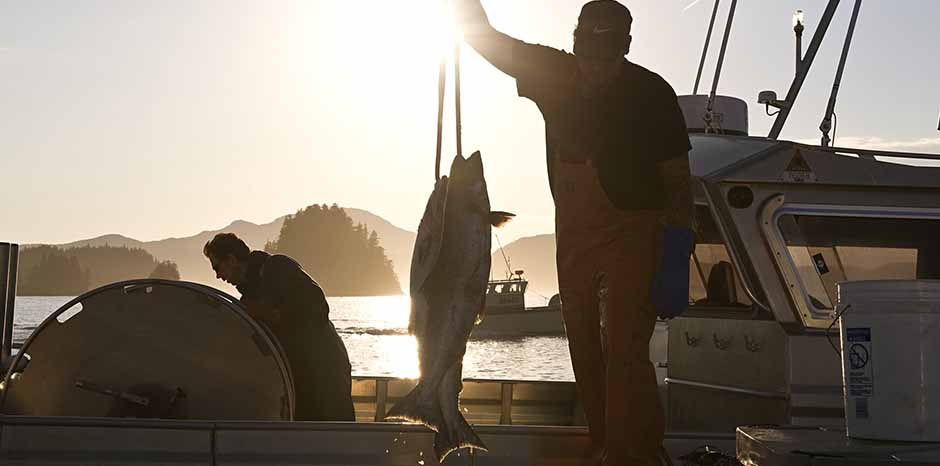







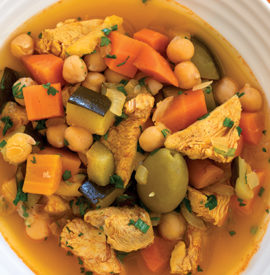

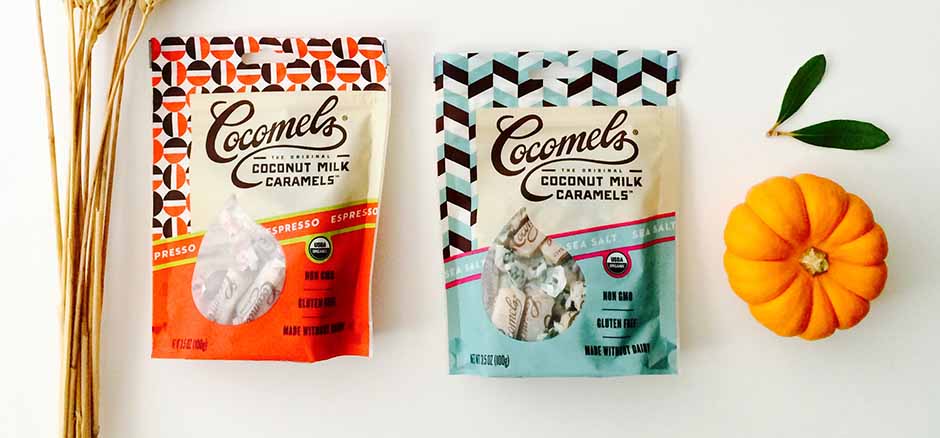


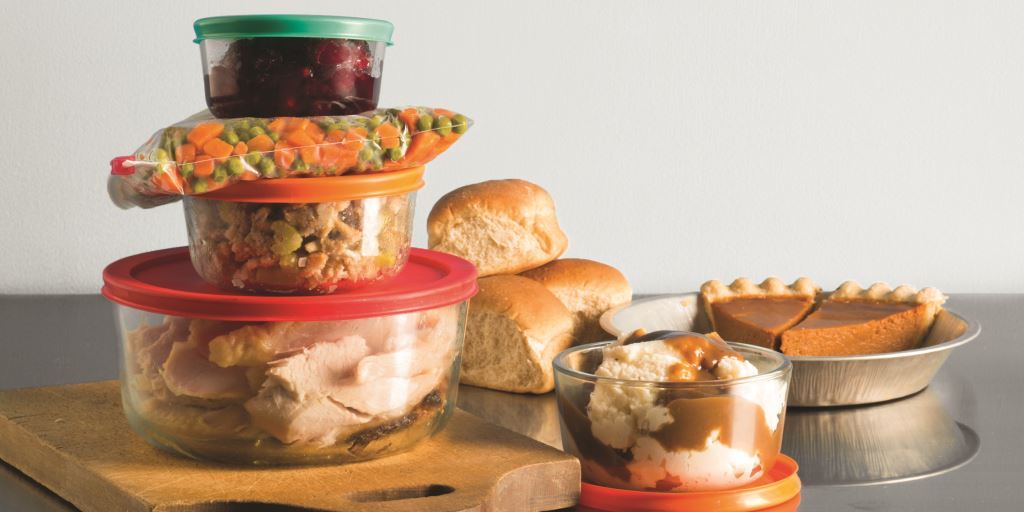
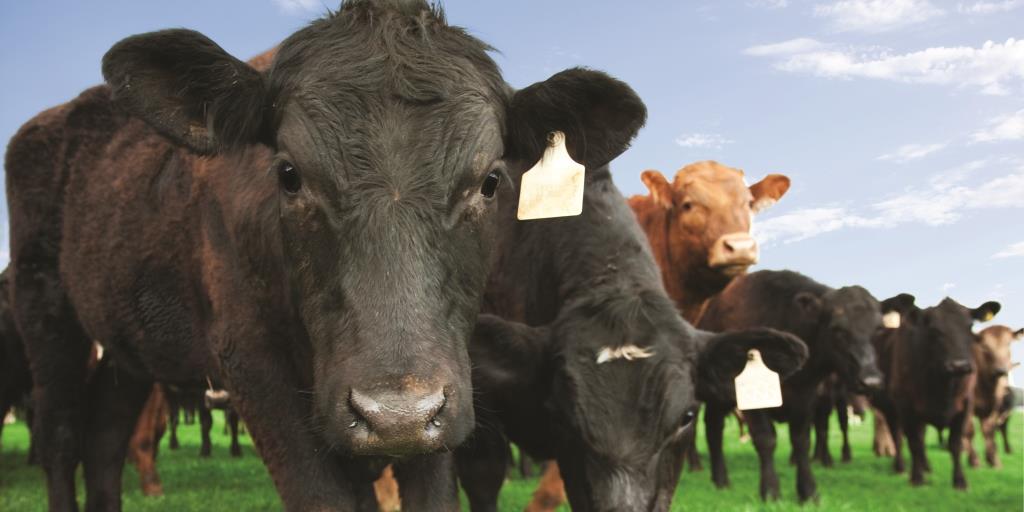
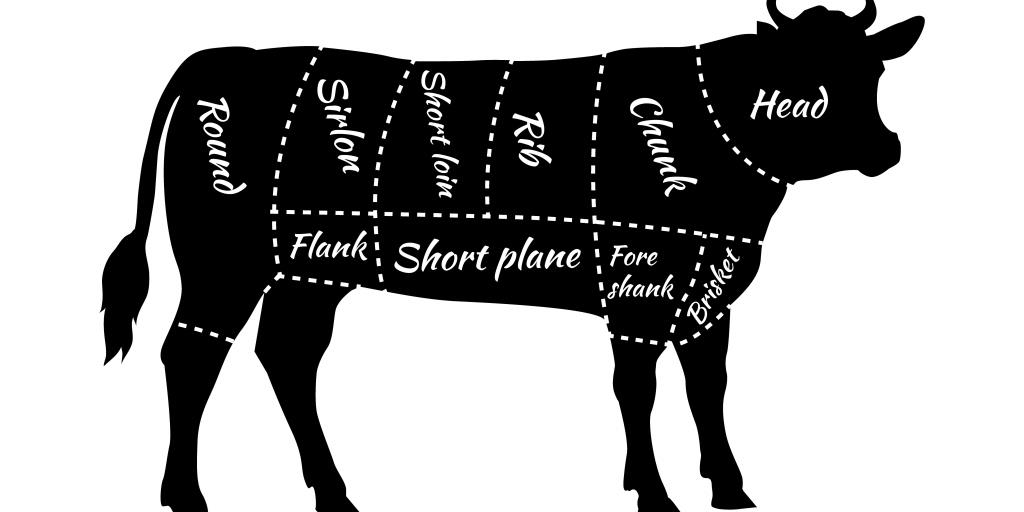
Comments